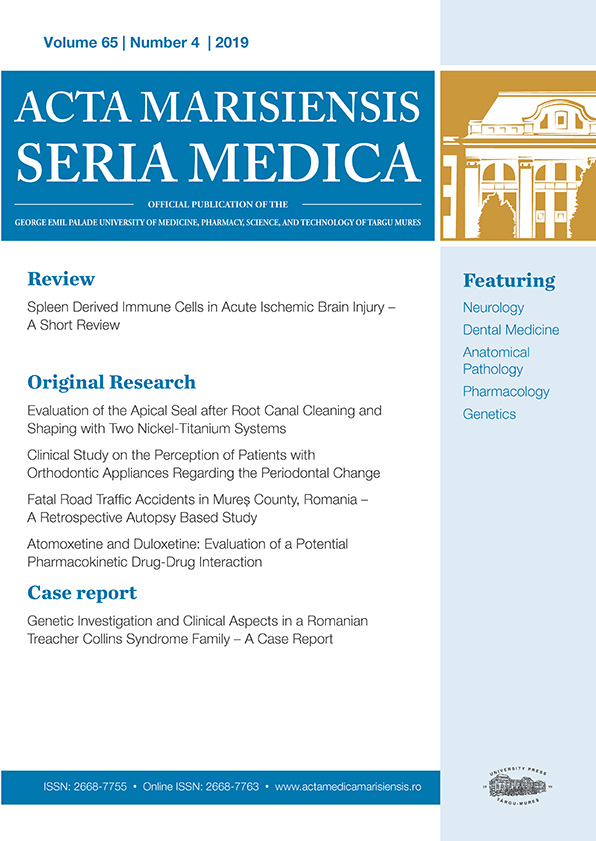Comparative Non-Invasive Strategies for Managing Dental White Spot Lesions: Contribution to the Study of Enamel Remineralization
Abstract
White spot lesions (WSLs) are an early sign of enamel demineralization, requiring effective non-invasive treatments to restore esthetics and prevent progression. This study aimed to evaluate the effectiveness of fluoride varnish (GC MI Varnish) and resin infiltration (Icon Vestibular) in terms of esthetic improvement, remineralization, and sensitivity reduction. A total of 47 patients with non-cavitated WSLs were randomly assigned to two treatment groups: Fluoride Group (n = 24) received topical fluoride varnish applications and Icon Group (n = 23) underwent resin infiltration treatment. Statistical analysis was performed using an independent t-test (p < 0.05). The Icon Group showed an immediate reduction in white spot visibility (p < 0.01), while the Fluoride Group demonstrated gradual esthetic improvement over three months (p < 0.05). Fluoride varnish significantly enhanced enamel remineralization and reduced dentinal hypersensitivity (p < 0.05), whereas resin infiltration primarily stabilized lesion progression without direct remineralization. Both fluoride varnish and resin infiltration are effective non-invasive treatments for WSLs, but their benefits differ. Resin infiltration offers immediate esthetic improvement, while fluoride varnish promotes long-term remineralization and sensitivity reduction.
Copyright (c) 2025 Alessandro Golia, Alessandro Stellino, Nicola D’Andrea, Oana Elena Stoica, Andrea Csinszka Kovács-Ivacson, Monica Dana Monea, Alexandra Mihaela Stoica

This work is licensed under a Creative Commons Attribution 4.0 International License.









